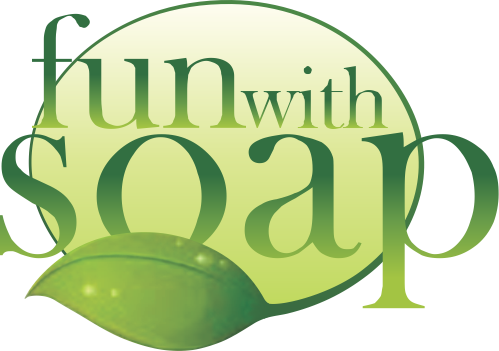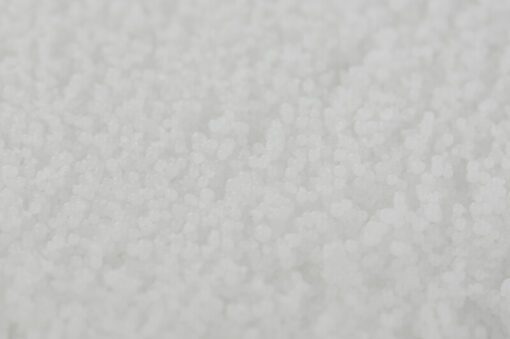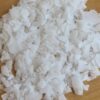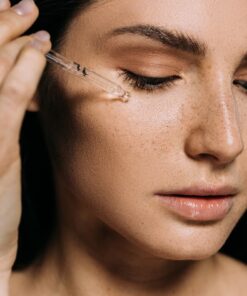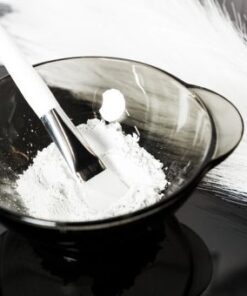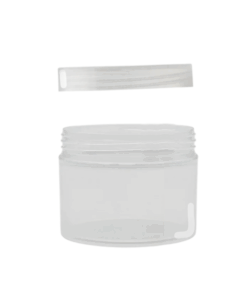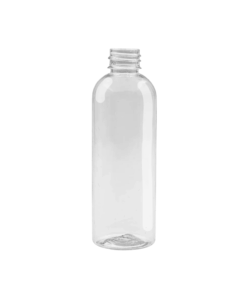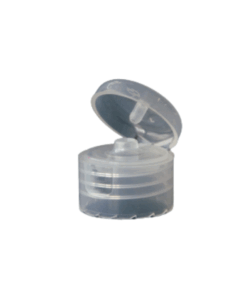Stearic Acid – 25kg
R2017,44
Stearic Acid – 25kg – A wide range of applications across several industries, including cosmetics, skincare, pharmaceuticals, and food.
1 in stock (can be backordered)
Stearic Acid – 25kg
Versatile and Essential Fatty Acid for Various Industries
Stearic acid is a long-chain fatty acid known for its versatility and numerous applications in different industries, including cosmetics, pharmaceuticals, candles, food, and more.
Key Features of Stearic Acid
Fatty Acid with 18-Carbon Chain for Multiple Uses
Stearic acid is a saturated fatty acid (octadecanoic acid) with an 18-carbon chain, typically found in solid, waxy form. It has a wide range of uses due to its ability to stabilize and modify products across industries.
Versatile Ingredient for Various Applications
Stearic acid serves as an emulsifier, thickener, stabilizer, and lubricant. It plays a crucial role in enhancing product consistency, ensuring better performance in formulations.
Natural Sources: Animal and Plant Derived
Stearic acid can be derived from both animal fats and plant-based oils such as palm oil. This allows for flexibility in sourcing depending on ethical preferences or environmental considerations.
Common Uses of Stearic Acid
Cosmetics and Skincare: Emulsifying, Thickening, and Stabilizing
In skincare and cosmetic products, stearic acid helps in emulsification, allowing water and oil to combine. It thickens formulations and stabilizes emulsions, creating smooth, creamy textures in creams and lotions.
Pharmaceuticals: Lubricant for Tablets and Capsules
Stearic acid is used in pharmaceutical manufacturing as a lubricant in tablet and capsule production. It helps prevent pills from sticking to molds and facilitates the easy release of tablets during production.
Candles: Hardening and Stabilizing Wax
In candle-making, stearic acid is added to harden and stabilize waxes. It reduces dripping, extends burn time, and improves the overall consistency and appearance of candles.
Food Industry: Texture Enhancer and Crystallization Preventer
Stearic acid is used in food products as an additive (E570), where it prevents sugar crystallization in candies and improves texture in various food items.
Industrial Applications: Rubber, Plastics, and Soap Production
Stearic acid is also utilized in the production of rubber, plastics, and soaps, playing a critical role in manufacturing processes where stability, lubrication, and texture are important.
Benefits of Stearic Acid
Emulsification for Stable Cosmetic Formulations
Stearic acid aids in creating stable emulsions in cosmetics and skincare products by allowing water and oil to mix. This helps ensure even distribution of ingredients and consistent product performance.
Thickening Agent for Rich and Creamy Textures
As a thickening agent, stearic acid imparts a rich, creamy texture to lotions, creams, and other products, enhancing their sensory feel.
Formulation Stabilization for Long-lasting Products
Stearic acid stabilizes formulations, preventing the separation of ingredients over time and improving product shelf life.
Lubrication in Pharmaceuticals
In pharmaceutical applications, stearic acid acts as a lubricant, facilitating the manufacturing of tablets and capsules and enhancing the efficiency of the production process.
Improved Product Texture in Food and Other Industries
Stearic acid enhances the texture of food products and aids in achieving desired consistency in industrial formulations, improving overall quality.
Sustainability and Ethical Considerations
Stearic acid’s source can vary, so it’s important to consider ethical and environmental factors, especially when choosing between animal or plant-derived stearic acid for certain formulations.
| Weight | 26 kg |
|---|---|
| Dimensions | 45 × 30 × 30 cm |
Related products
Cosmetic Enhancers
